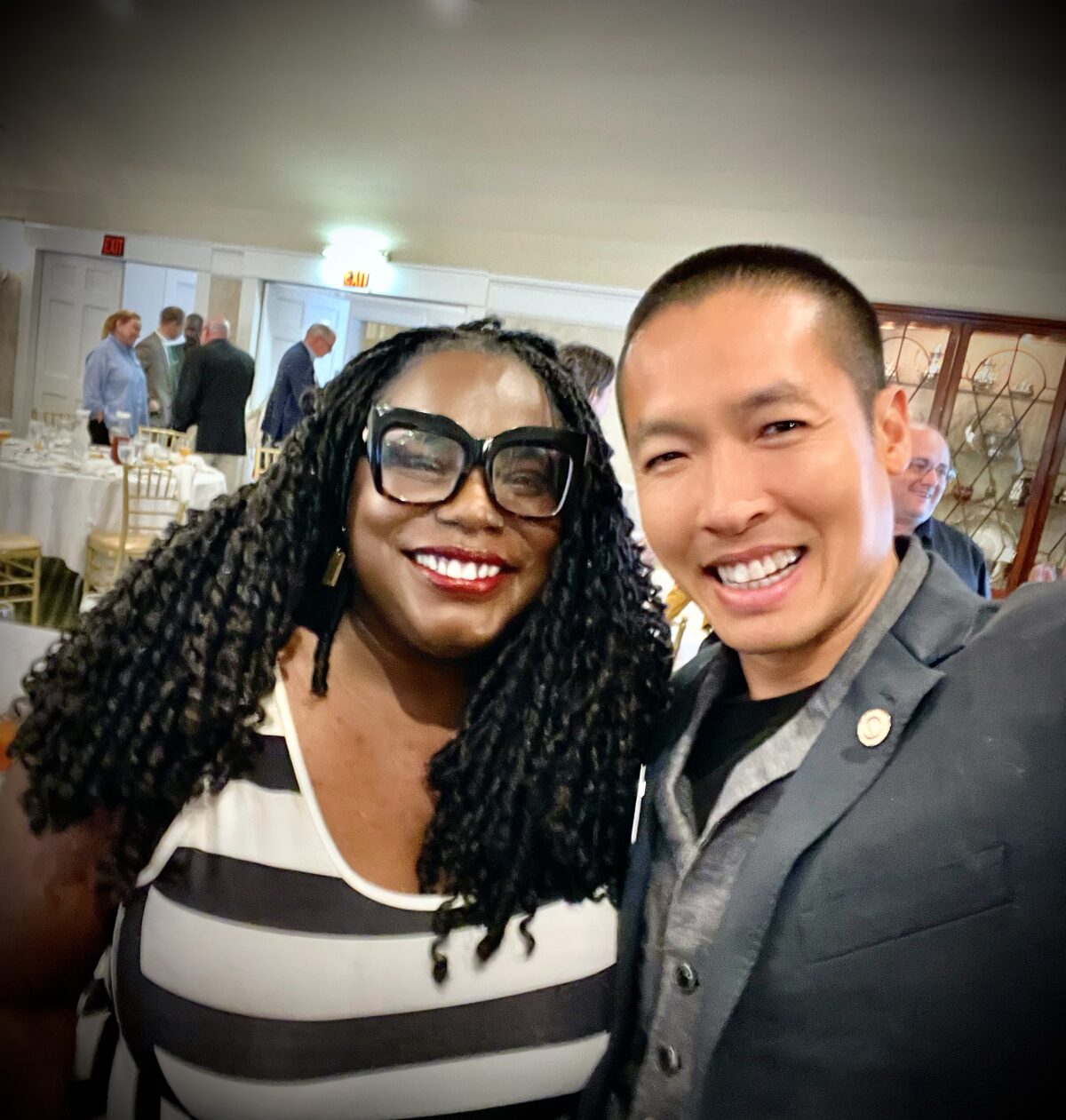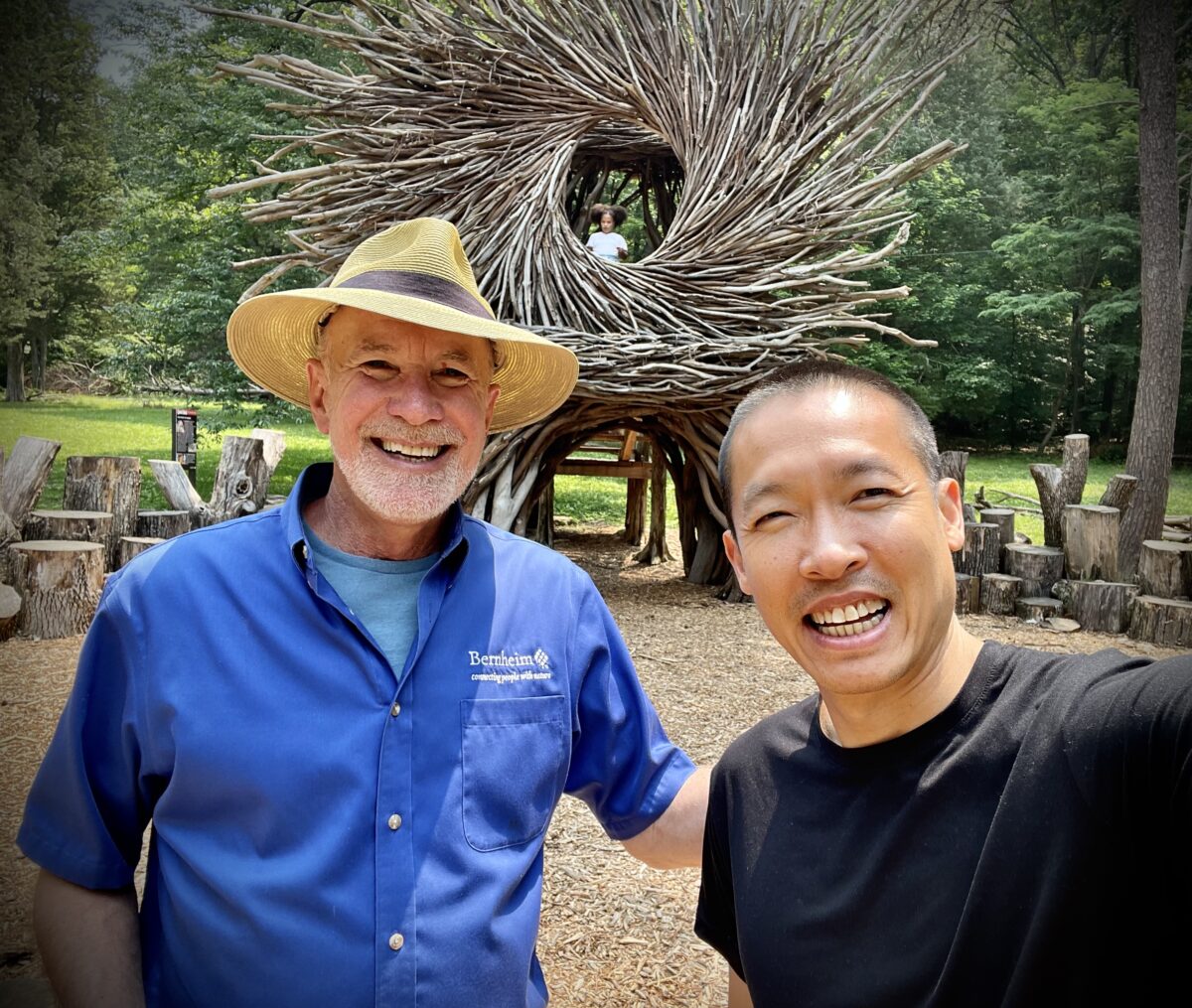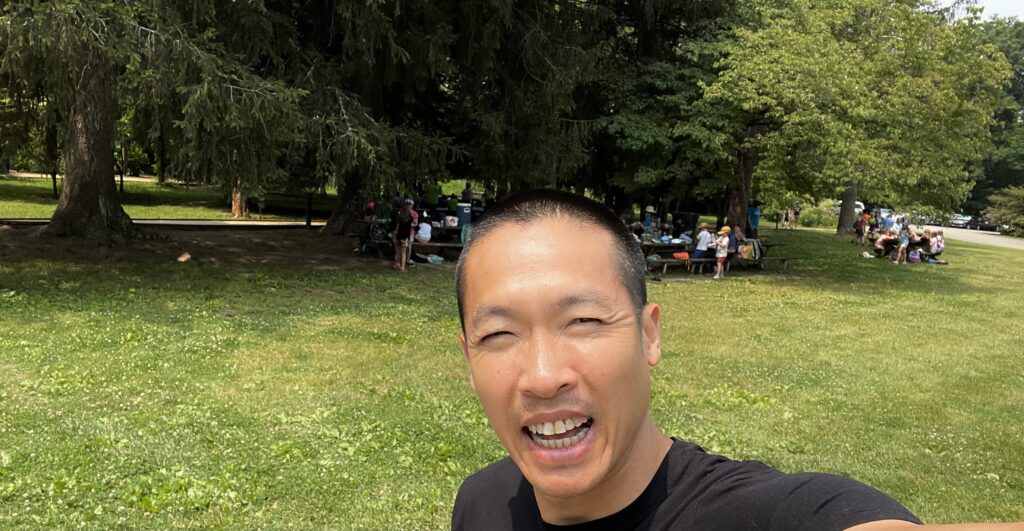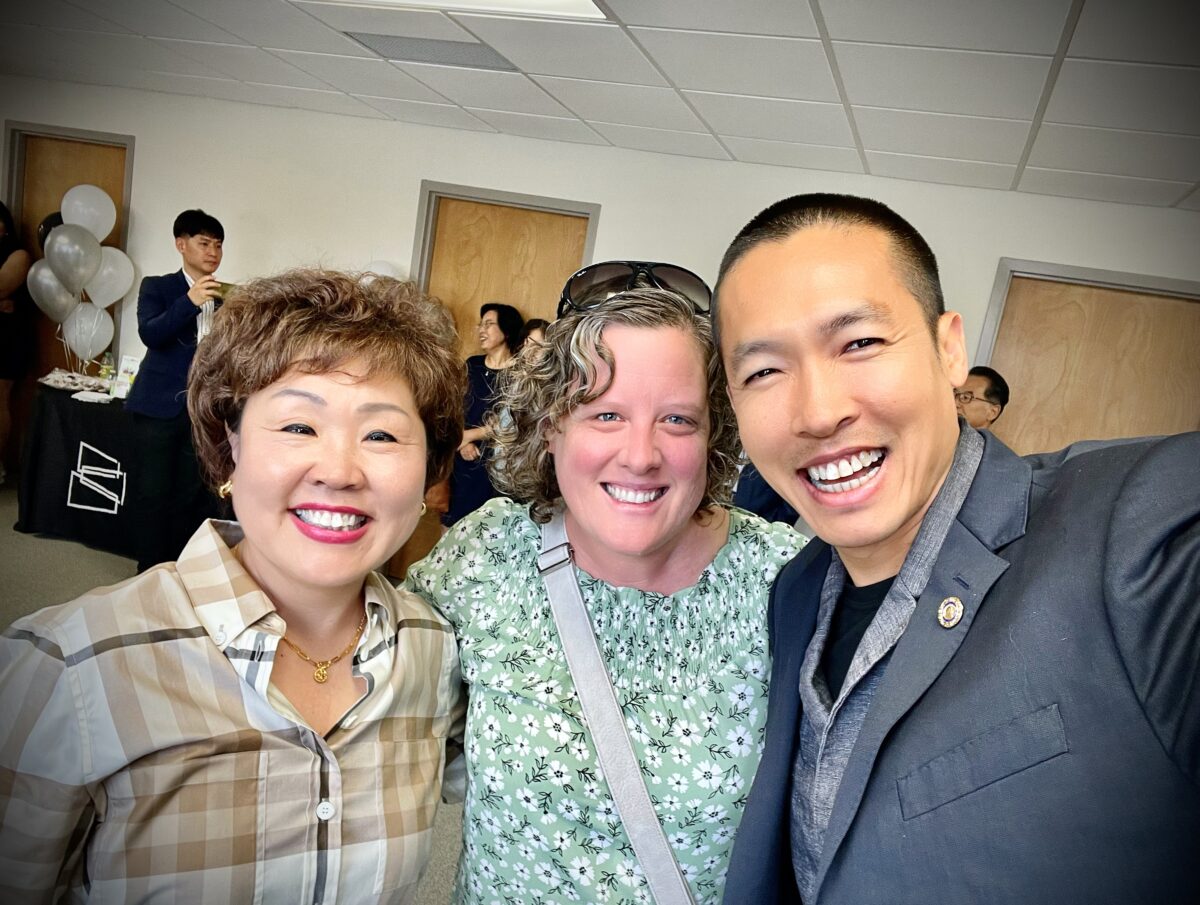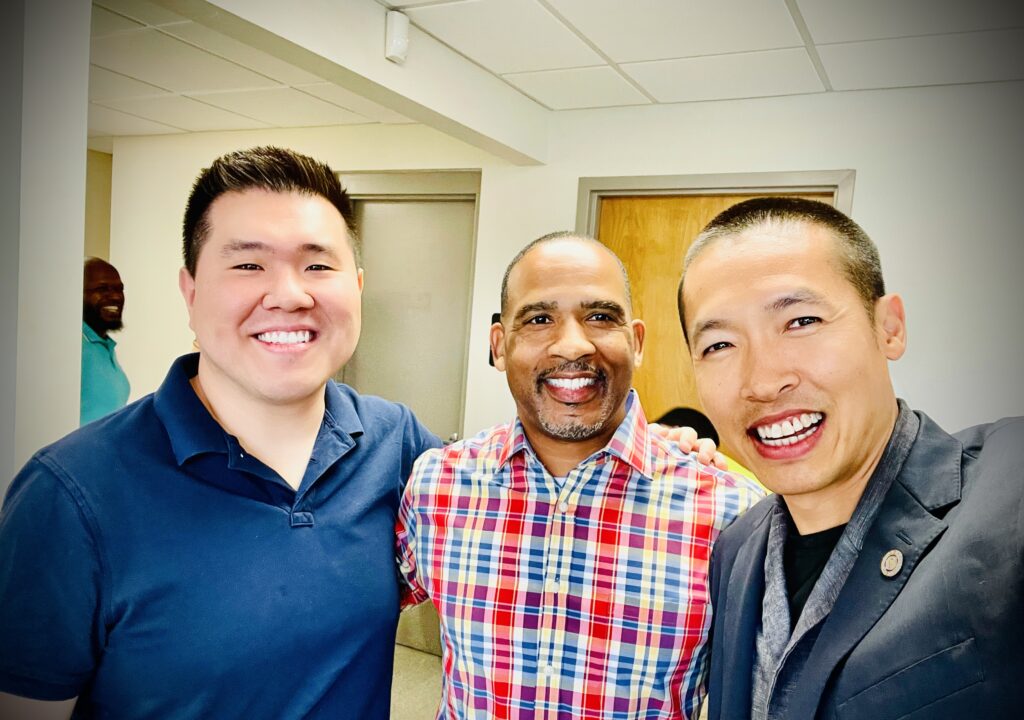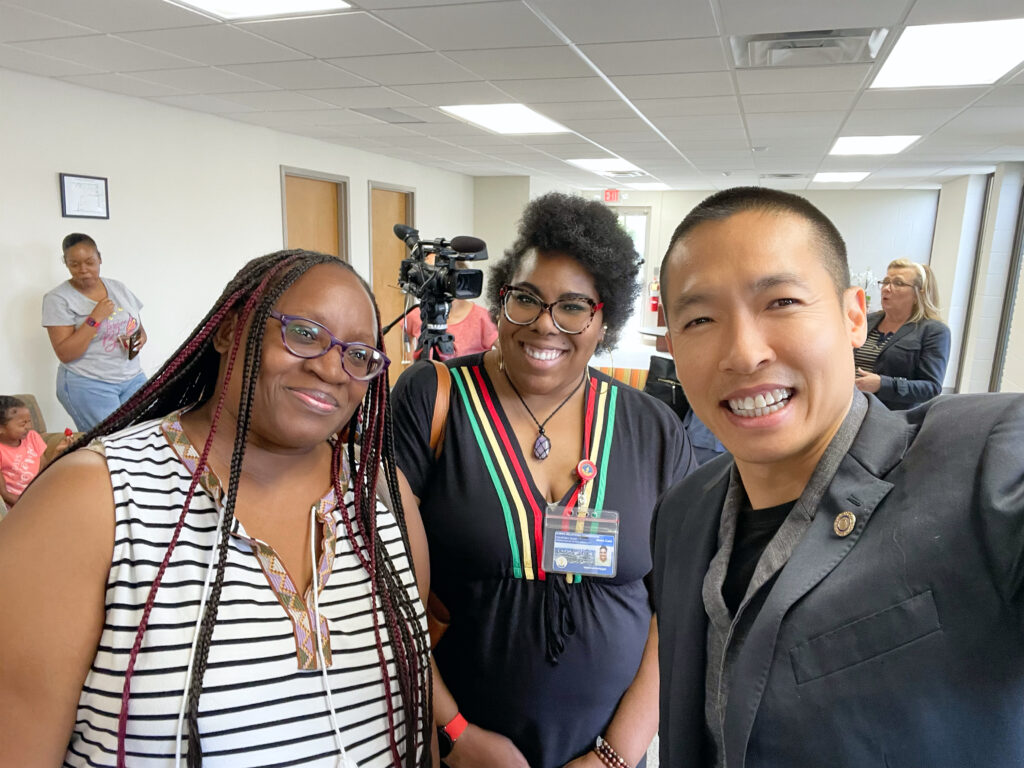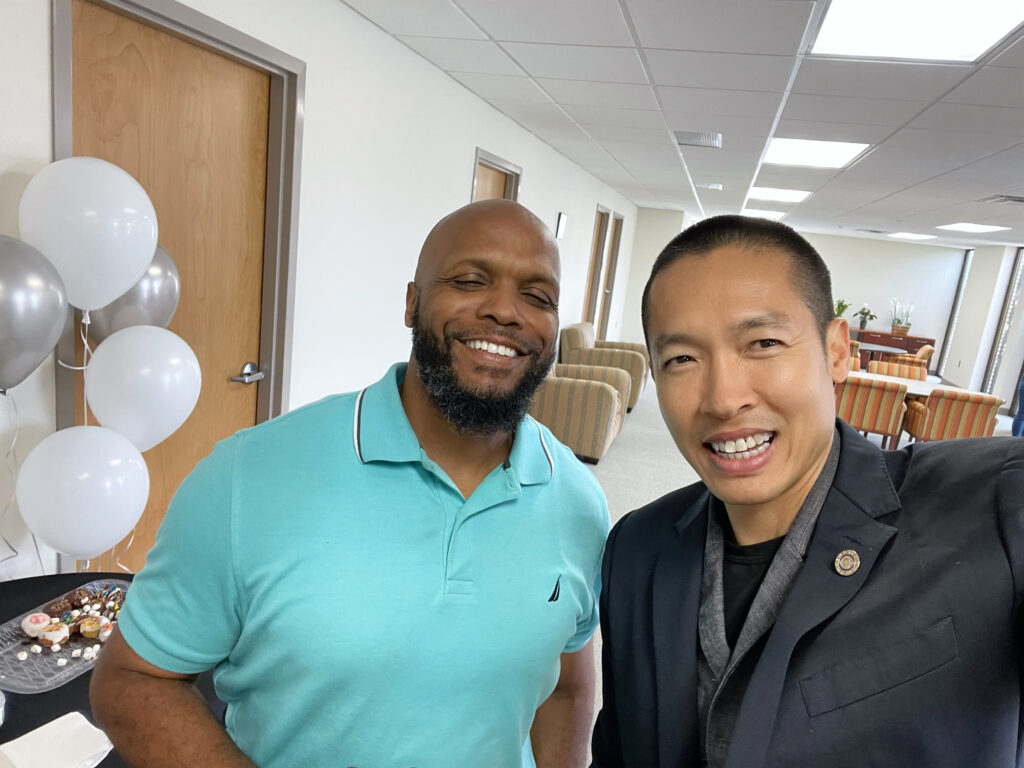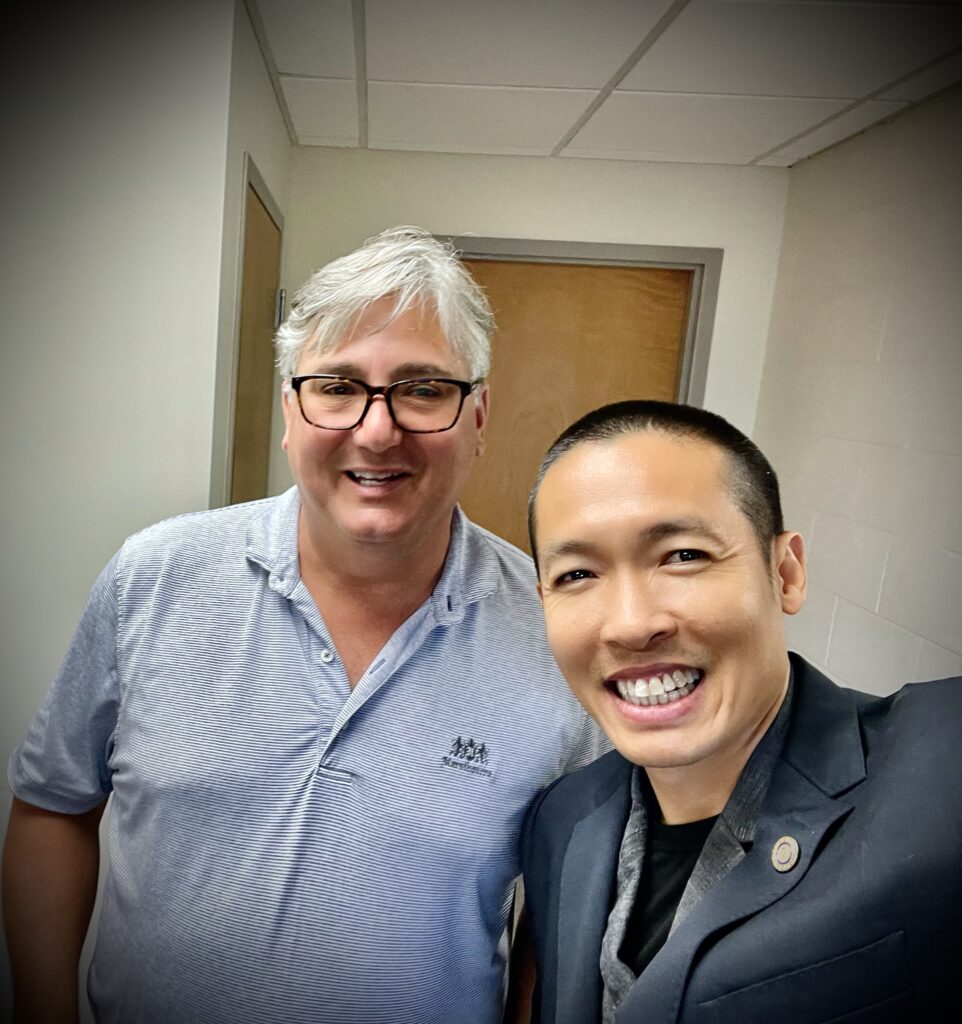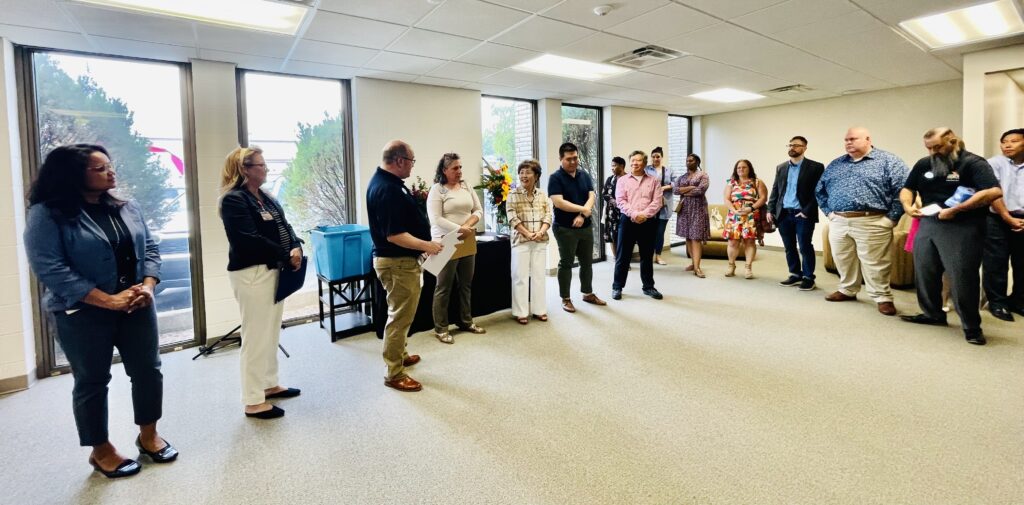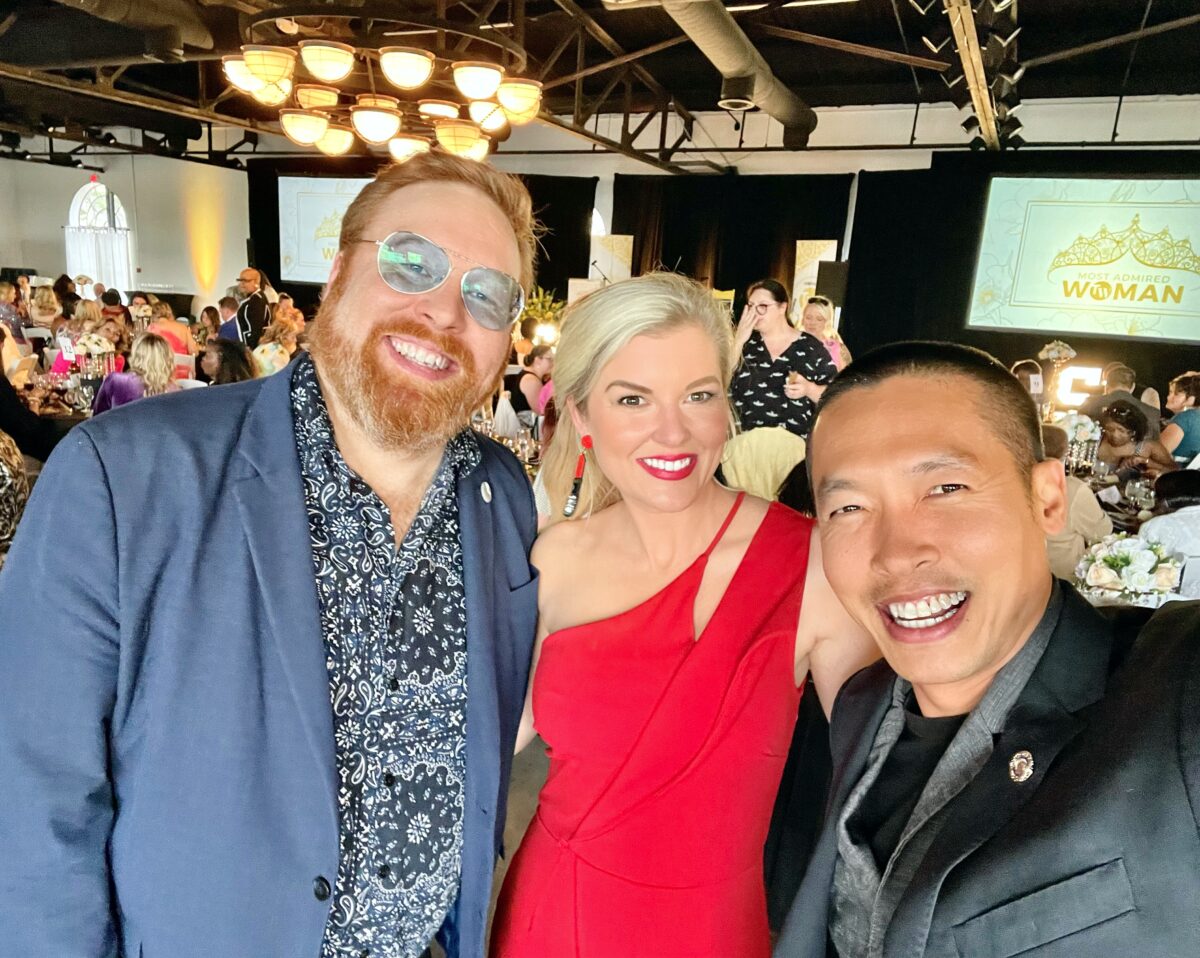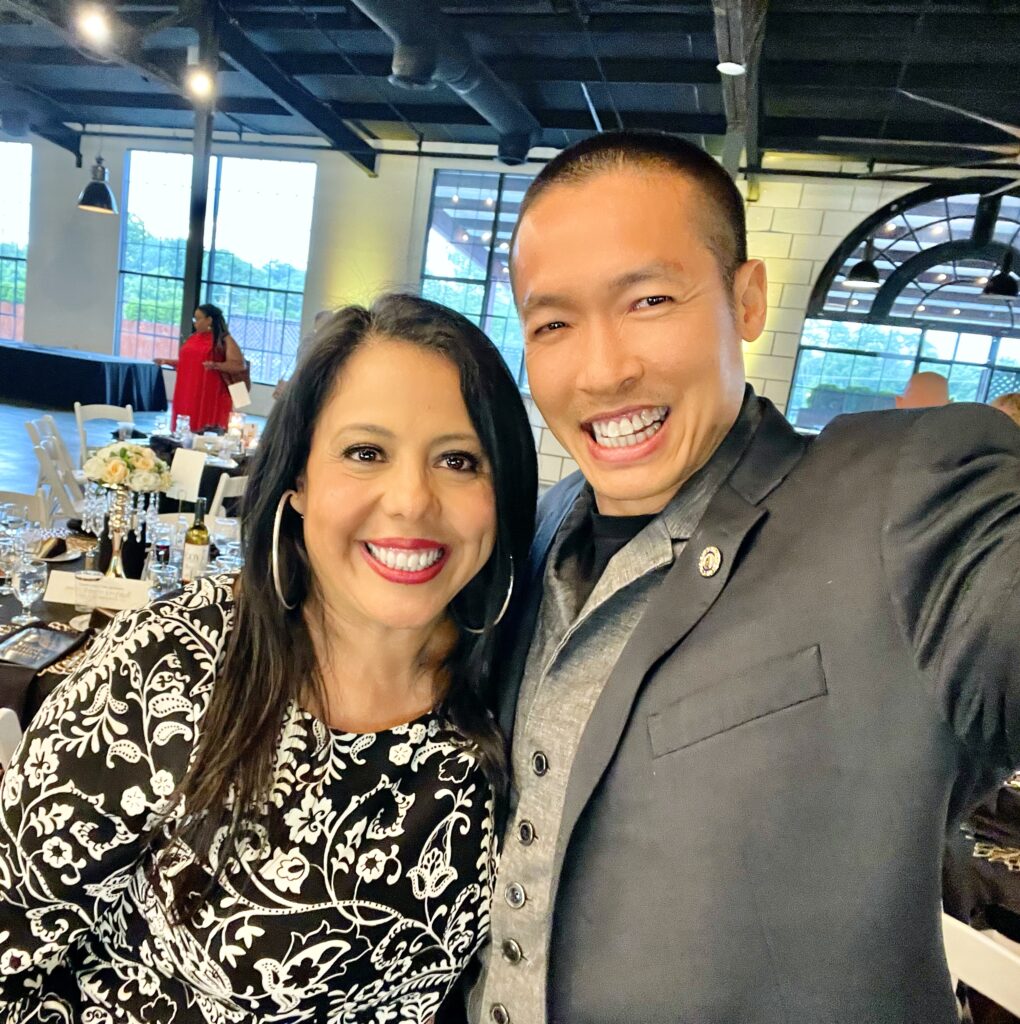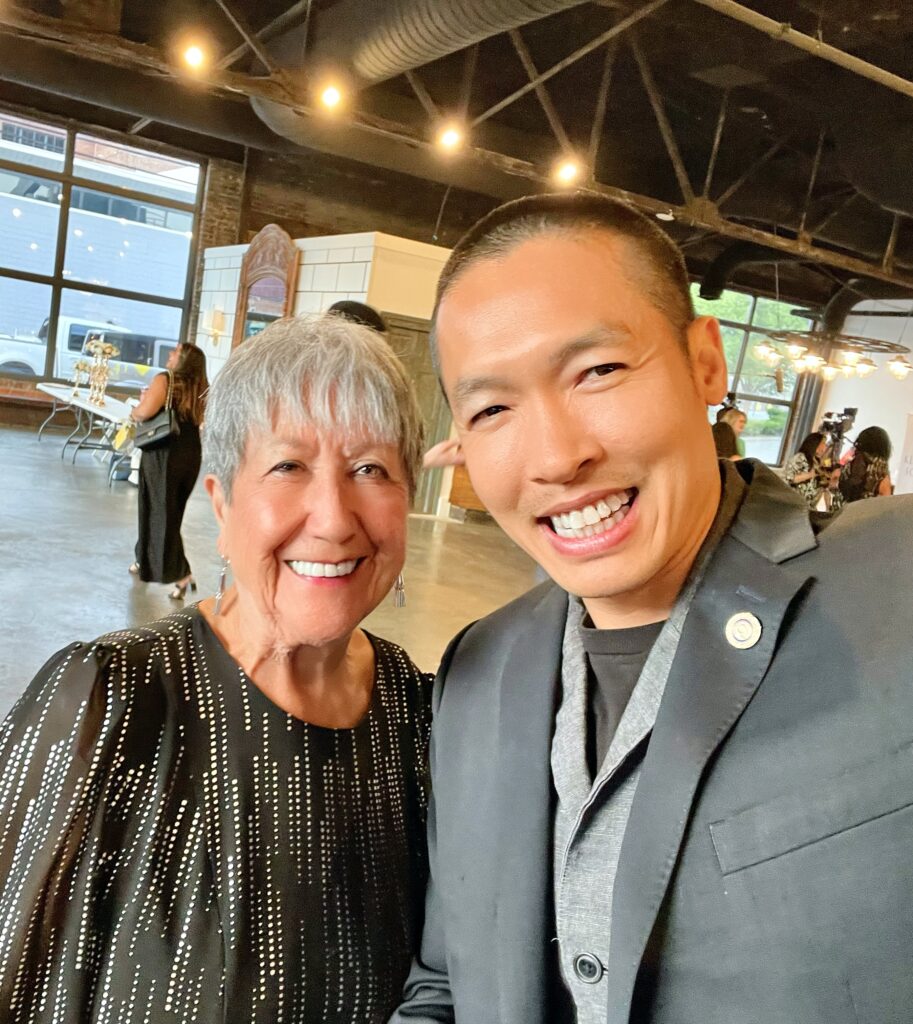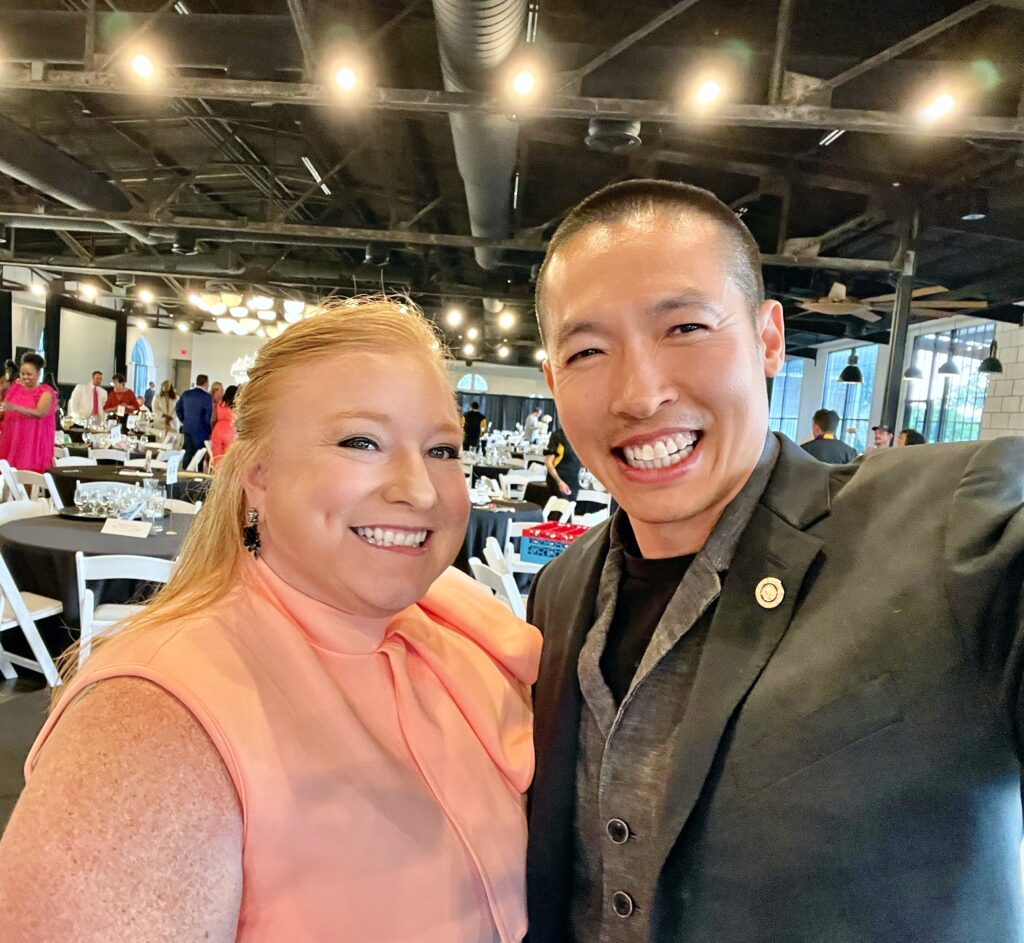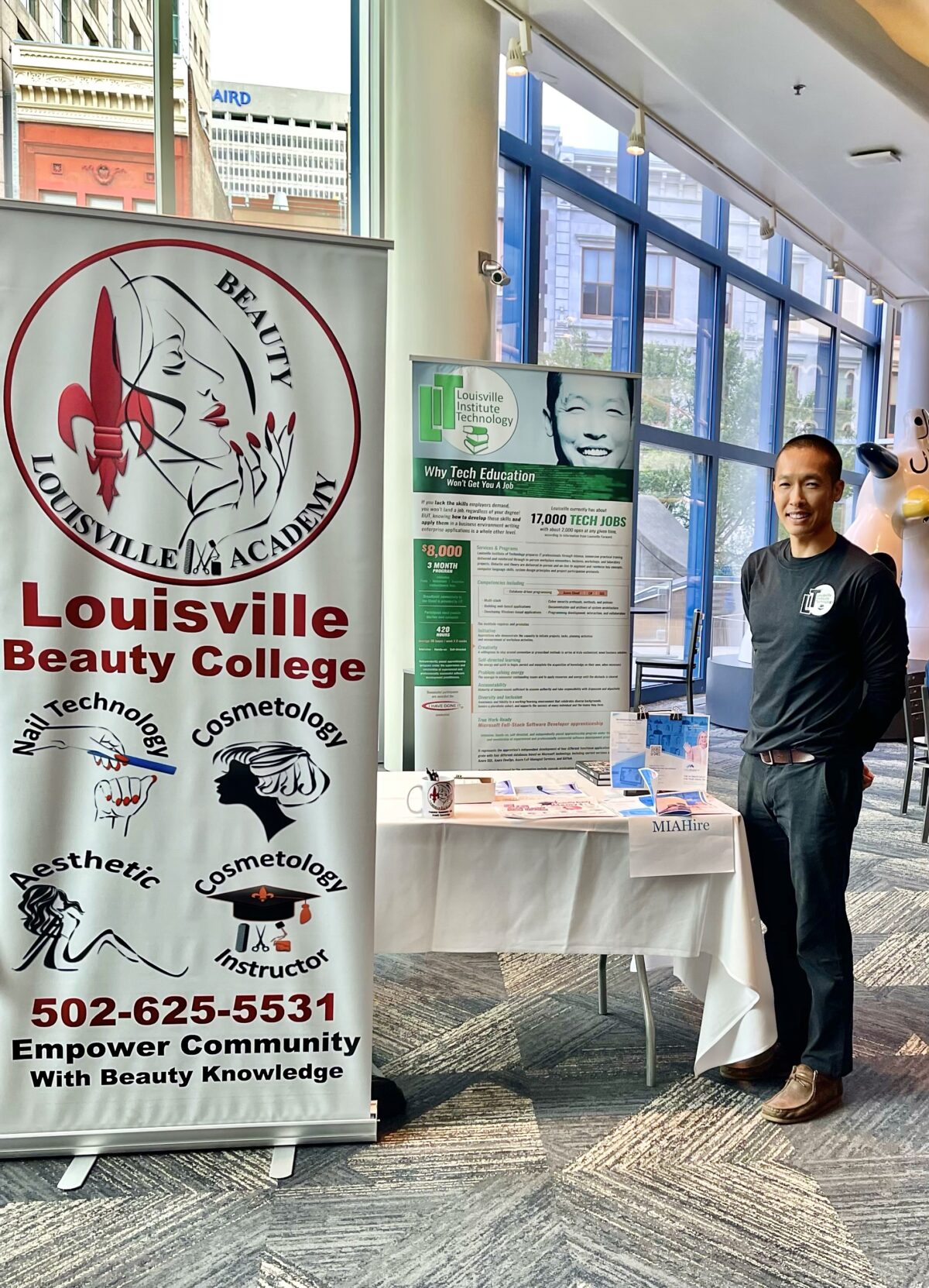Apple cider vinegar (ACV) is a popular home remedy that has been used for centuries for various health purposes. Recently, there has been a resurgence of interest in its potential benefits for weight loss and cholesterol management. This article reviews the existing evidence on the topic and provides recommendations for those considering incorporating ACV into their daily routine.
What is Apple Cider Vinegar?
Apple cider vinegar is made by fermenting the sugars from apples. This turns them into acetic acid, which is the active ingredient in vinegar. ACV also contains small amounts of potassium, amino acids, and antioxidants.
Apple Cider Vinegar and Weight Loss
Several studies have suggested that ACV may be helpful for weight loss. A study published in 2009 in “Bioscience, Biotechnology, and Biochemistry” found that participants who consumed vinegar daily for 12 weeks had lower body weight, BMI, visceral fat, and waist circumference compared to a control group1. This could be attributed to the fact that acetic acid may help suppress fat accumulation.
Another study published in the “Journal of the American College of Nutrition” in 2005 showed that vinegar consumption can increase satiety, which can potentially lead to a reduced caloric intake2.
Apple Cider Vinegar and Cholesterol
There is also some evidence that ACV can affect blood lipid levels. A study in the “Journal of Functional Foods” in 2018 suggested that apple cider vinegar might reduce levels of triglycerides when taken with a meal[^3^]. Another study on rats published in “Pakistan Journal of Biological Sciences” in 2008 found that apple cider vinegar could reduce LDL (“bad”) cholesterol while increasing HDL (“good”) cholesterol[^4^]. However, human studies are limited and more research is needed to confirm these effects.
Recommendations and Precautions
While the above studies are promising, it’s important to approach the consumption of ACV with caution.
- Quantity: A small amount, such as a tablespoon (15 ml), is commonly recommended.
- Dilution: Due to its acidity, it is advisable to dilute ACV in water or another liquid to prevent potential damage to the teeth or throat.
- Consultation with healthcare professionals: Before incorporating ACV into your routine for health purposes, consult a healthcare professional, especially if you have any underlying health conditions or are taking medications.
Conclusion
Apple cider vinegar might have some benefits for weight loss and cholesterol management, but the evidence is still inconclusive and not strong enough to make definitive claims. Incorporating ACV should be considered as part of a balanced diet and a healthy lifestyle rather than a standalone solution.
Please remember that it’s always best to consult with a healthcare professional before making any significant changes to your diet or health regimen.
Footnotes
- Kondo, T., Kishi, M., Fushimi, T., Ugajin, S., & Kaga, T. (2009). Vinegar intake reduces body weight, body fat mass, and serum triglyceride levels in obese Japanese subjects. Bioscience, biotechnology, and biochemistry, 73(8), 1837-1843. ↩
- Ostman, E., Granfeldt, Y., Persson, L., & Björck, I. (2005). Vinegar supplementation lowers glucose and insulin responses and increases satiety after a bread meal in healthy subjects. Journal ↩


